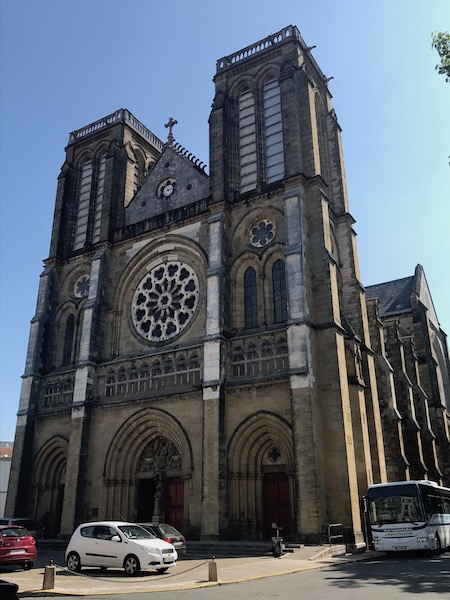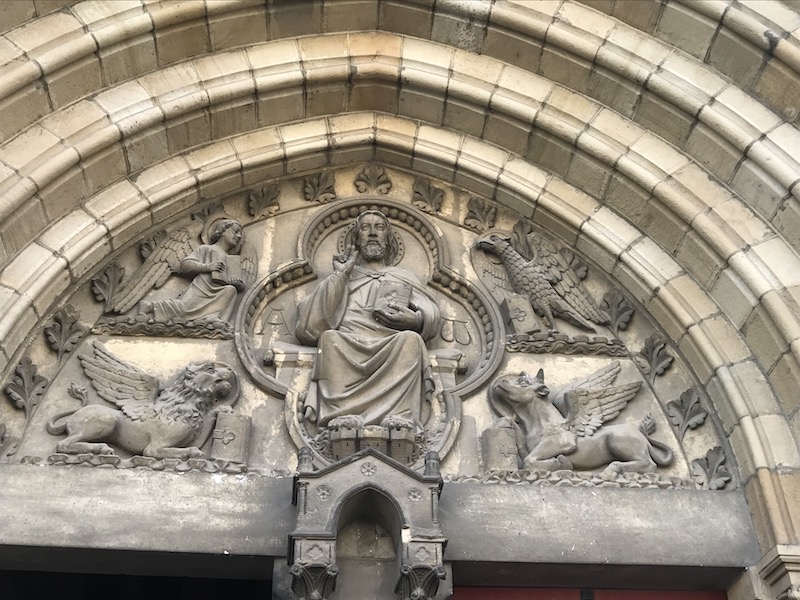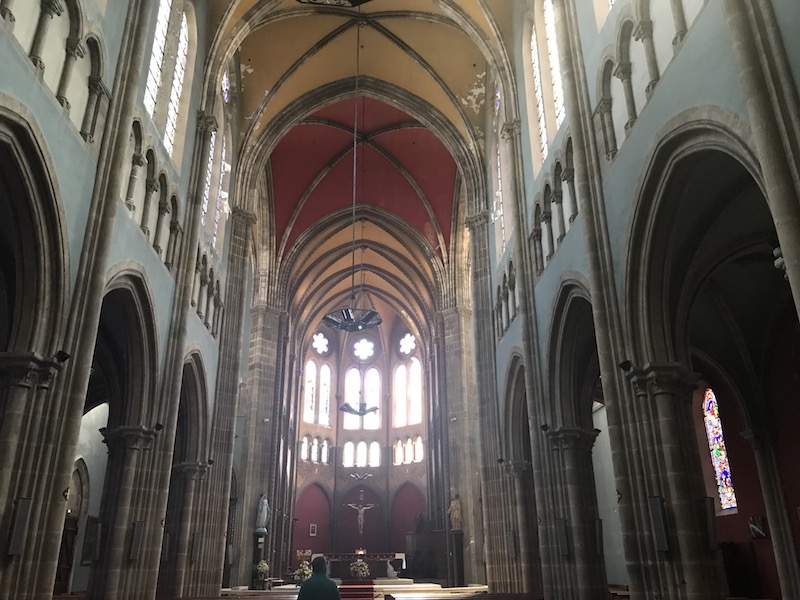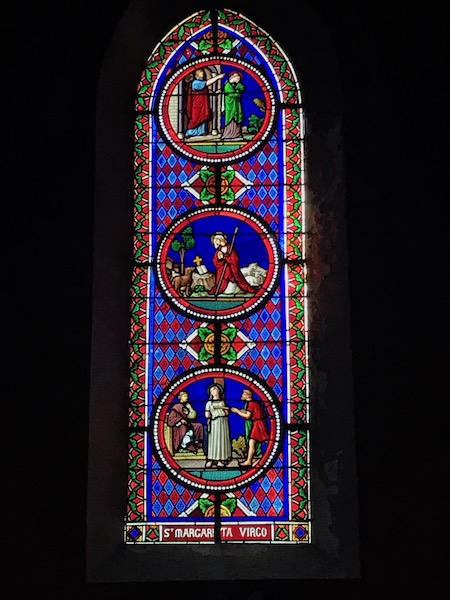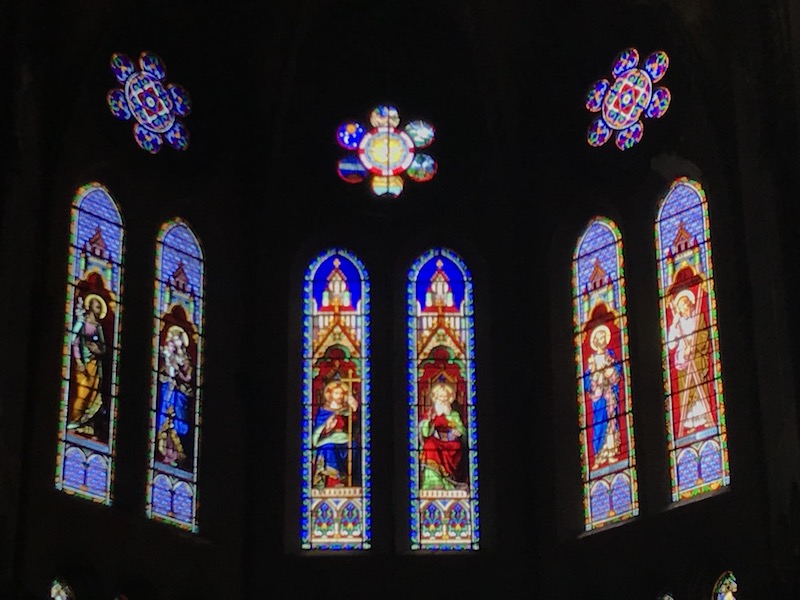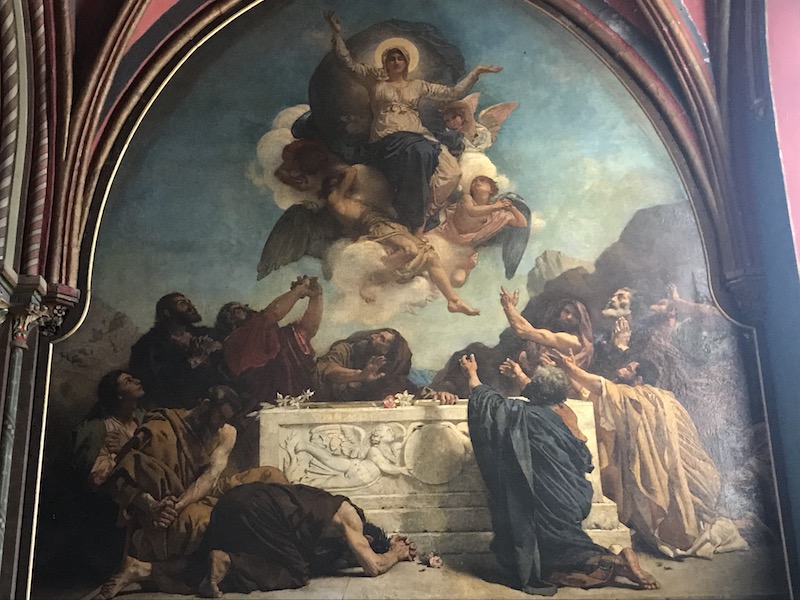Our Blog - Bayonne, France
Further East, close to the Atlantic Ocean, is Bayonne. The city sits where the Nive and Adour rivers merge, and there is basically an old-town on one side of the Adour, and the new town on the other. Another Roman city, this one dates back to the 1st century, with a fort from the 4th century. Walking across the Pont Saint-Esprit, we got a nice view of the City Hall and Place de la Liberté sitting on top of fortified walls. The bridge had this bronze lion statue.
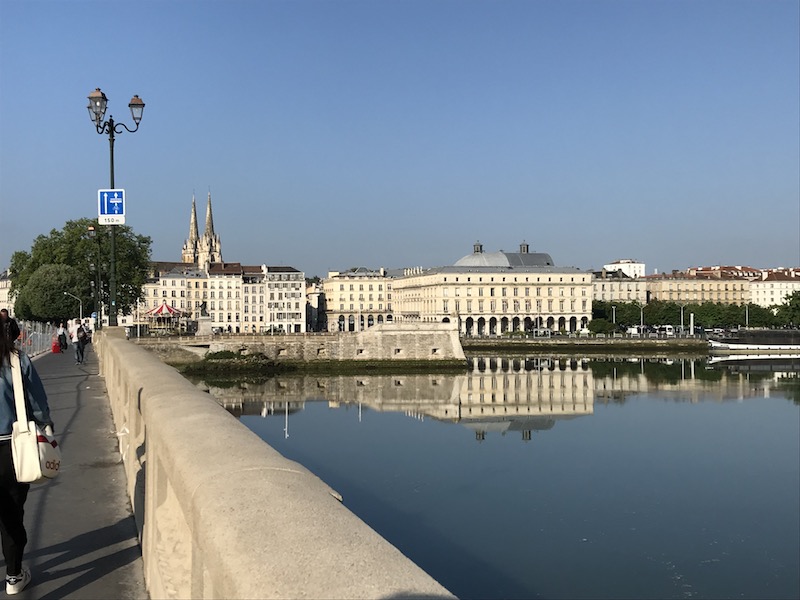

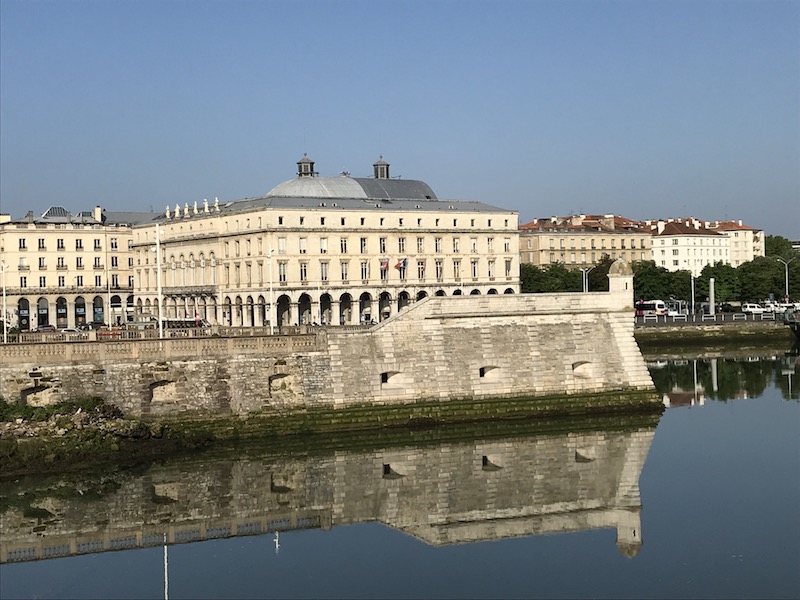




Another monument to the dead, and on the other side, the ramparts. There were actually 3 sets of fortifications: roman walls, then 16th century walls, and then 17th century walls.
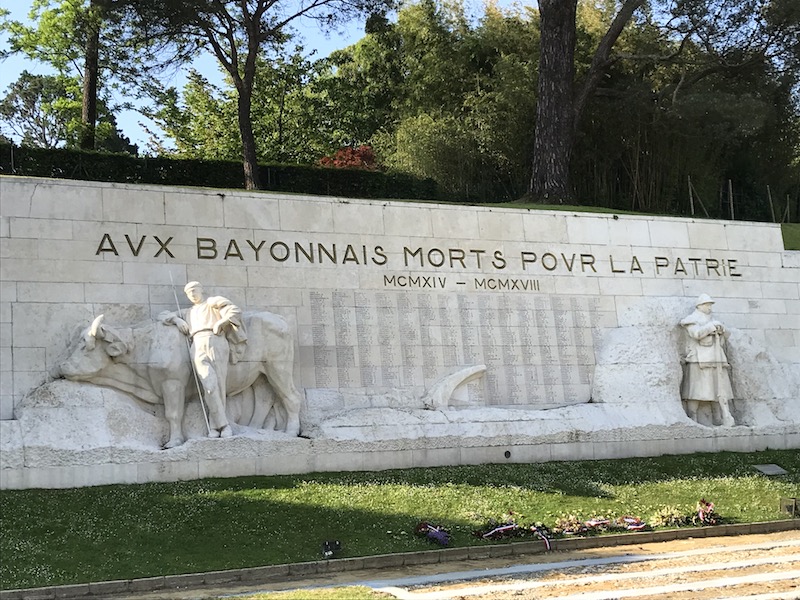


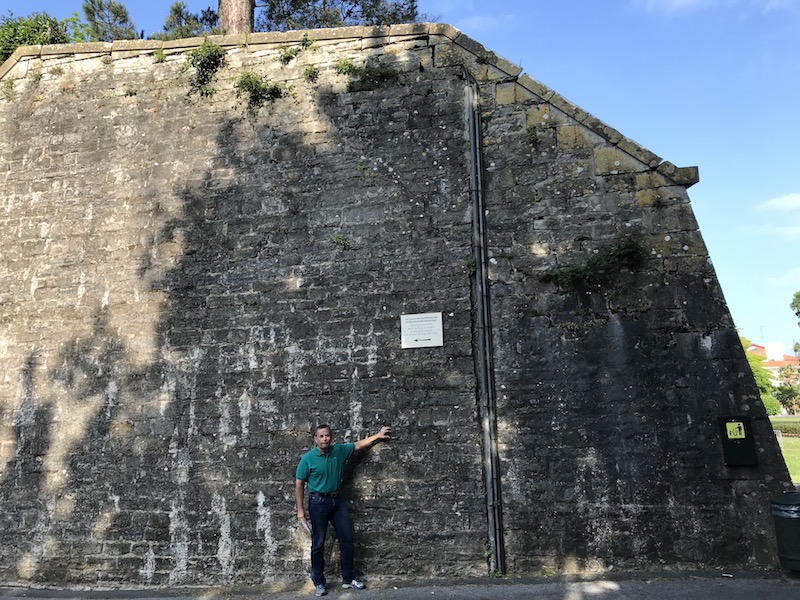
There were 7 gates in the 18th century. This one is a reconstructions of one of those 18th century gates, placed at the location of a 19th century gate.
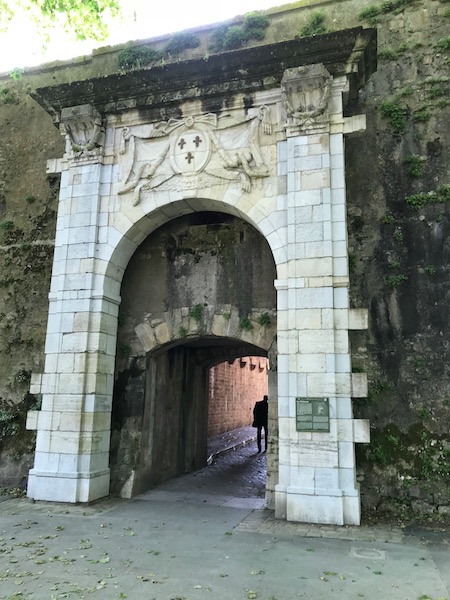
This is Chateau-Vieux, or Old Castle. It was was one of the strategic defenses of the town that was built in the late 11th century by the Viscounts of Labourd on the location of the Roman castrum Lapurdum from the 1st century. Originally it consisted of a single hexagonal tower to which two buildings were added in the 12th century. We started walking in before being told that visits were forbidden ... then we realized why .. it is now the home to a paratrooper regiment.



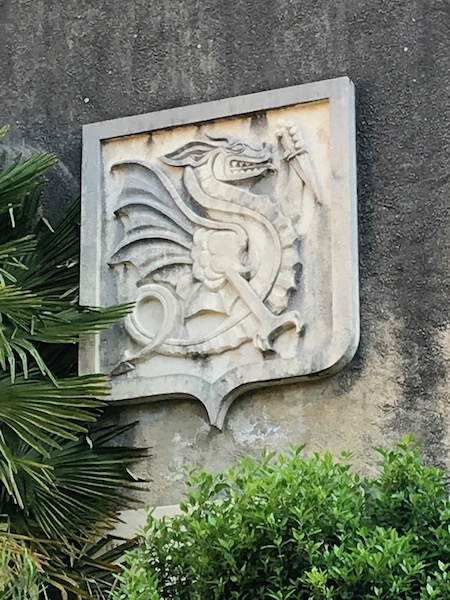
In the heart of the city, built between the 12th and 16th centuries, sits the Cathedral. It is quite typical for Gothic churches (high, ribbed vaults) but I didn't find the interior all that decorative.

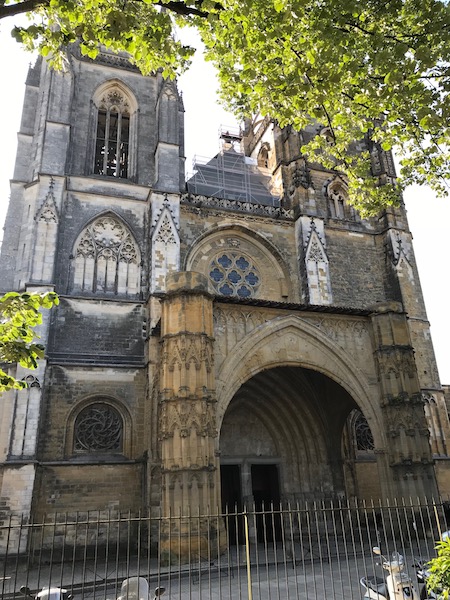

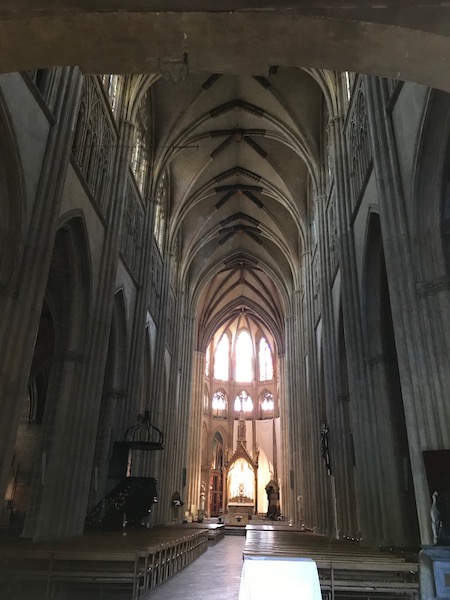
In the Saint Leon's Chapel, there was the Escape to Egypt, an 18th century painting from Nicolas Brenet.

And of course, stained glass!
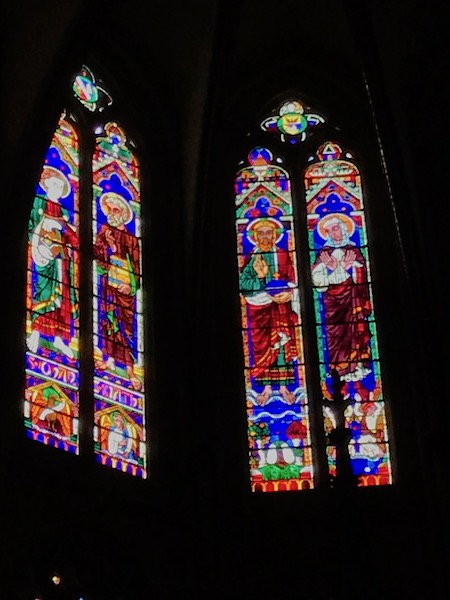
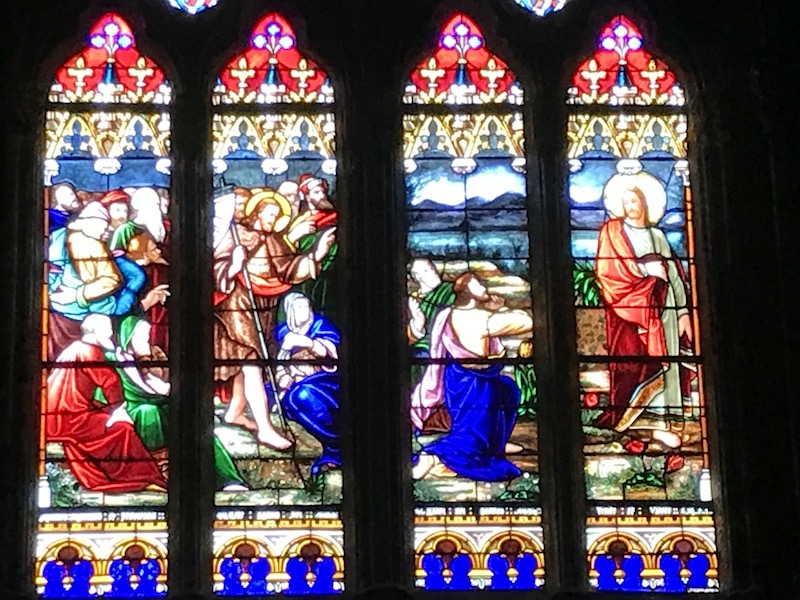
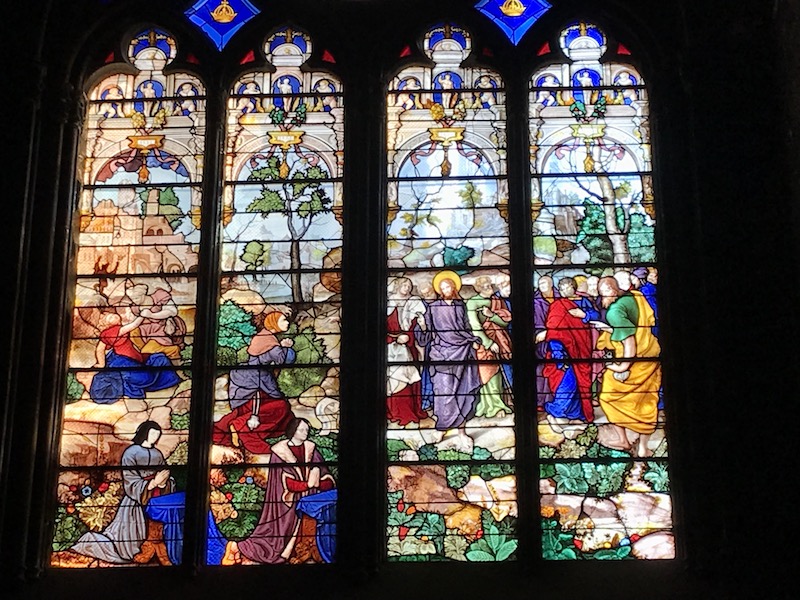
Not stained glass, but I also found this quite nice.
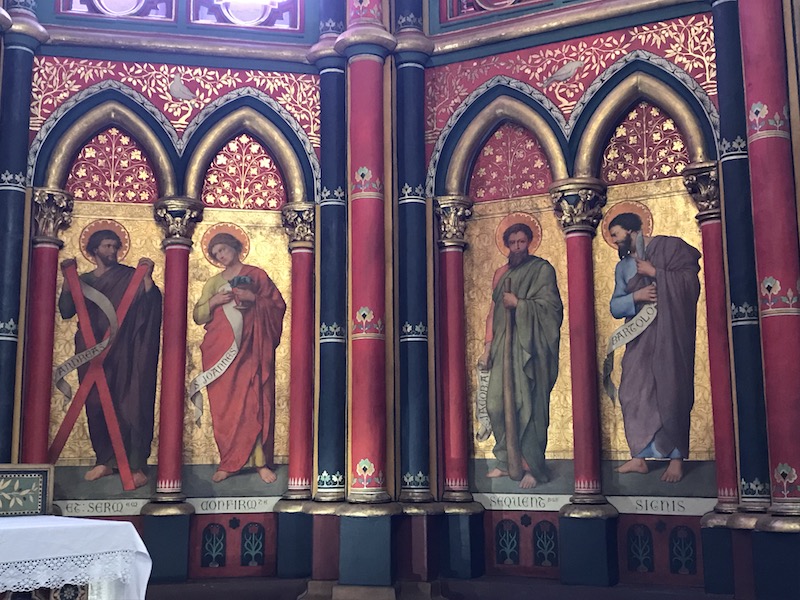
In all of the old items, there were decidedly new ones! Made in 2003, the altar and pulpit are supposed to evoke the light of Christ, and are carved in beech wood, ivory tinted, and then gilded with gold leaf. The pulpit has 4 doves (symbolizing the 4 Evangelists) flying among oak leaves (oak trees are emblematic of the region).

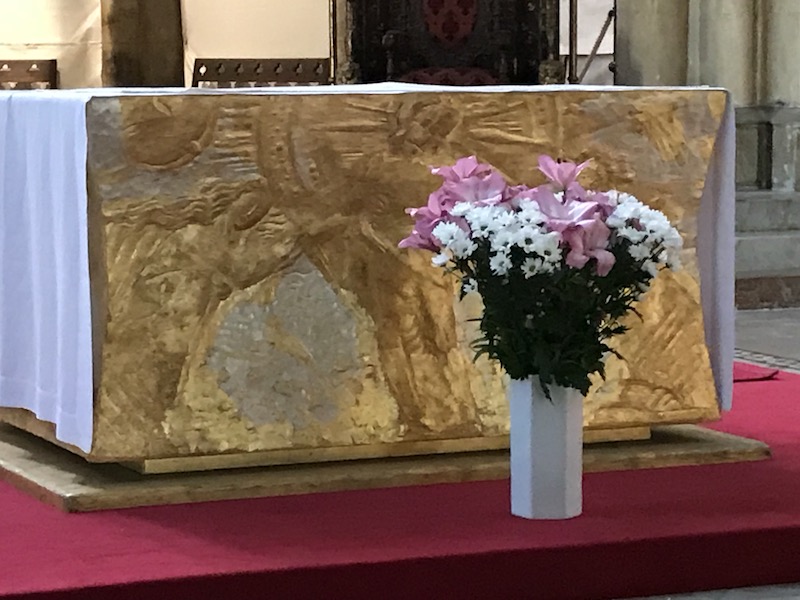
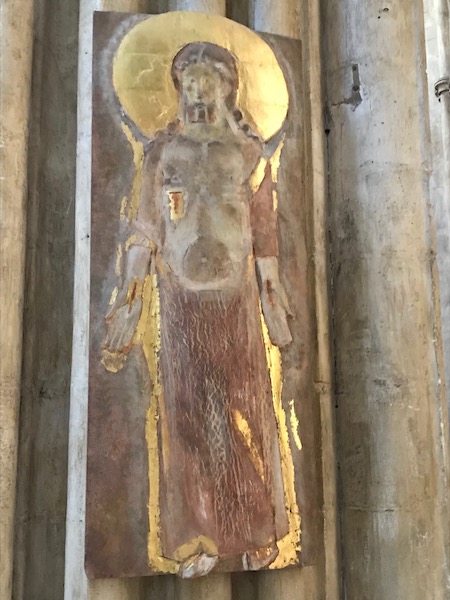
And then the Gothic 14th-century cloister, which is one of the largest in France. The galleries have preserved tombs and funerary slabs dating from the 14th to the 18th centuries.
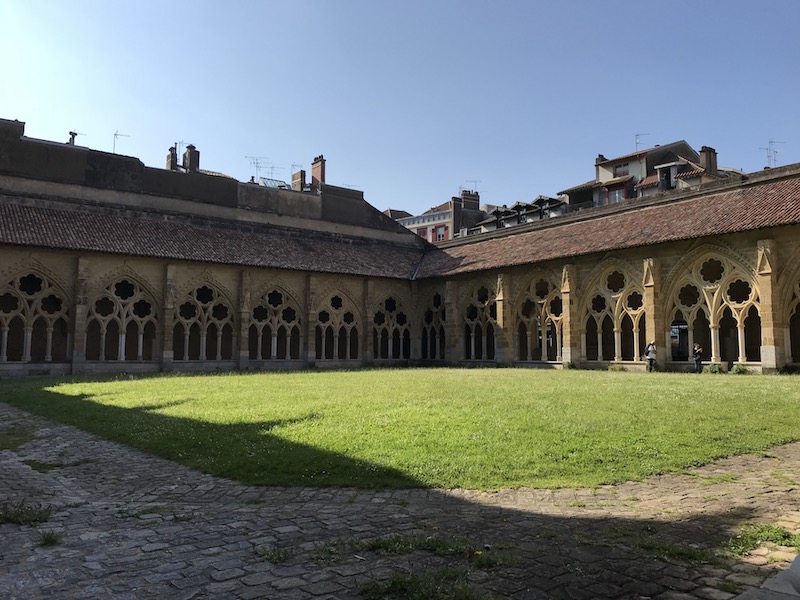
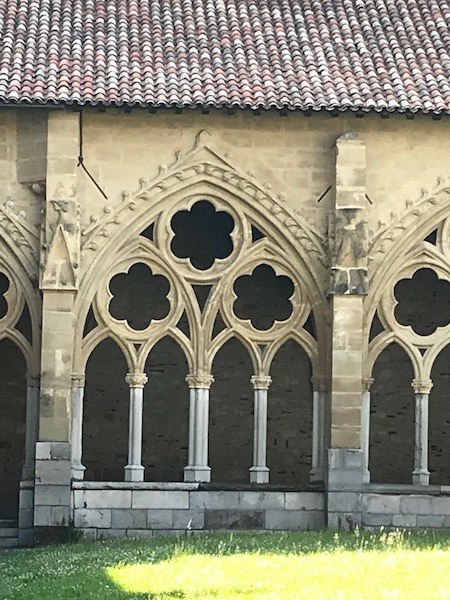
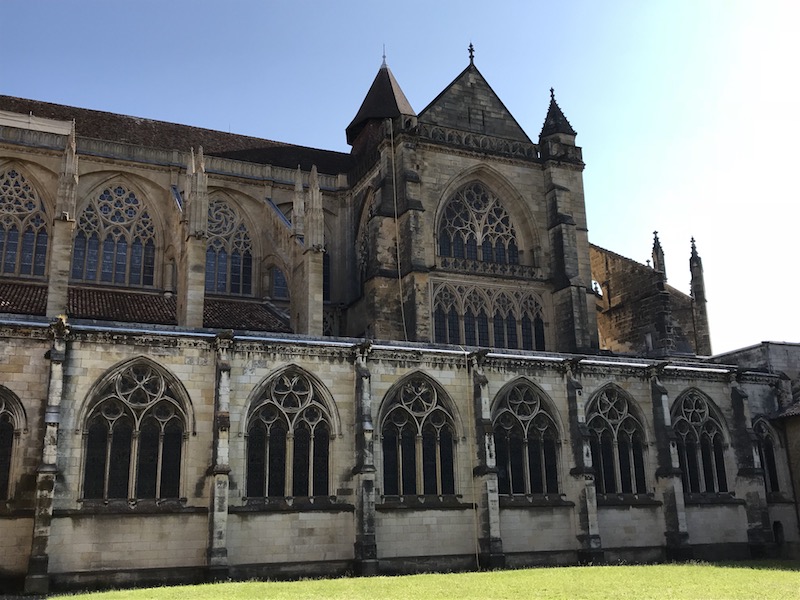
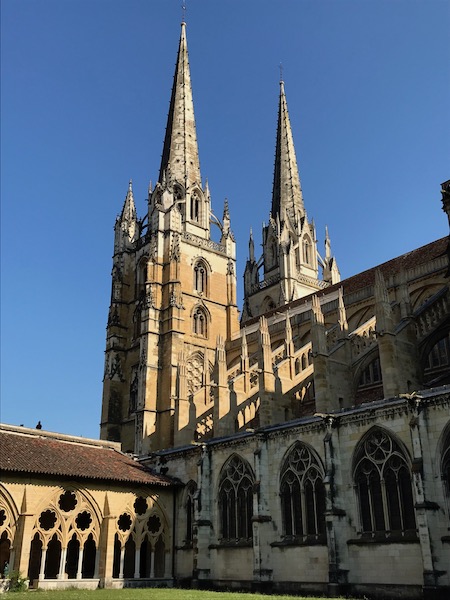
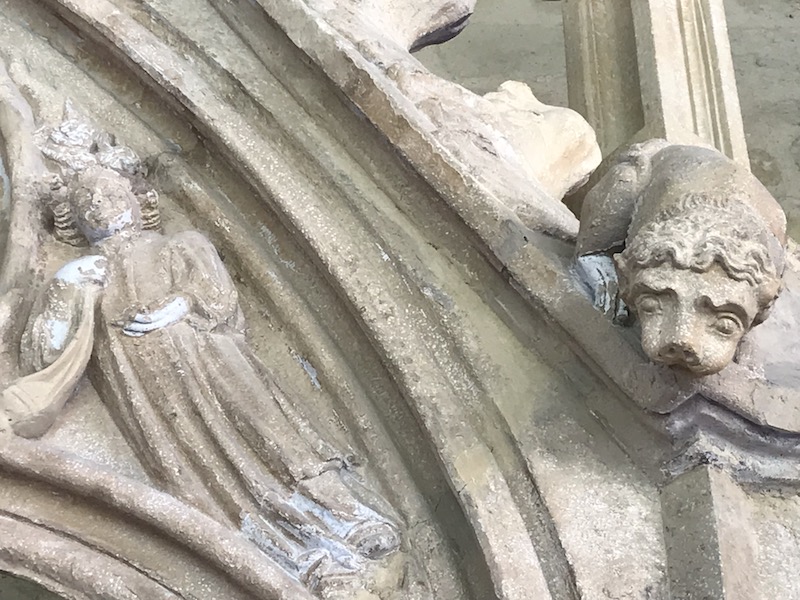
In the older part of town were just a lot of really nice buildings and the market.

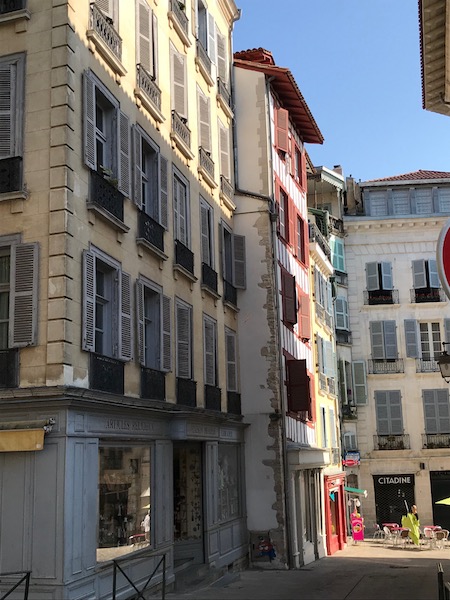

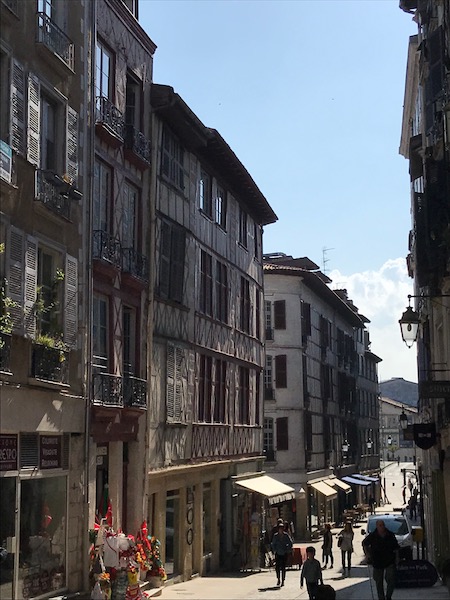
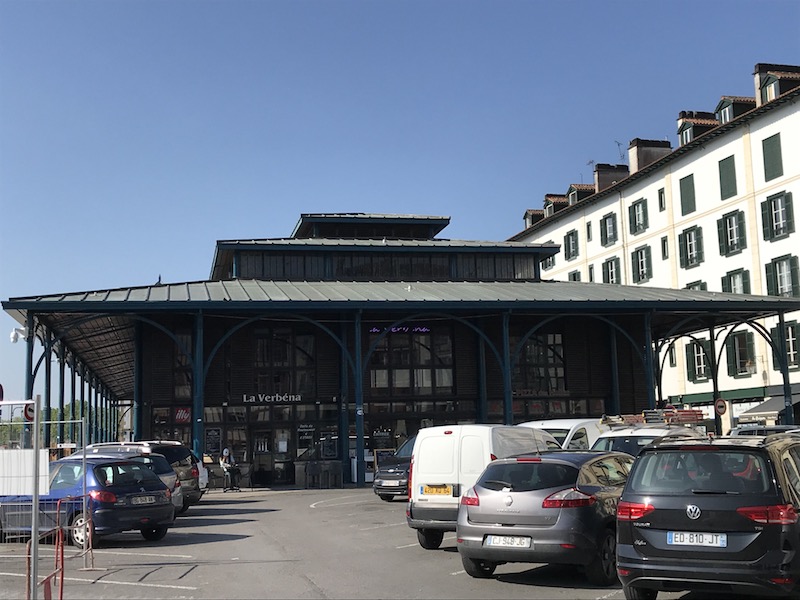
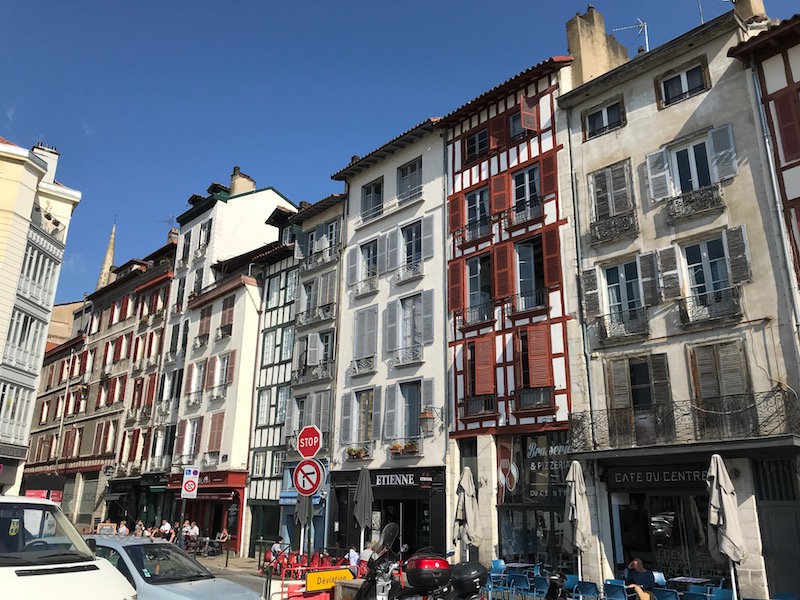
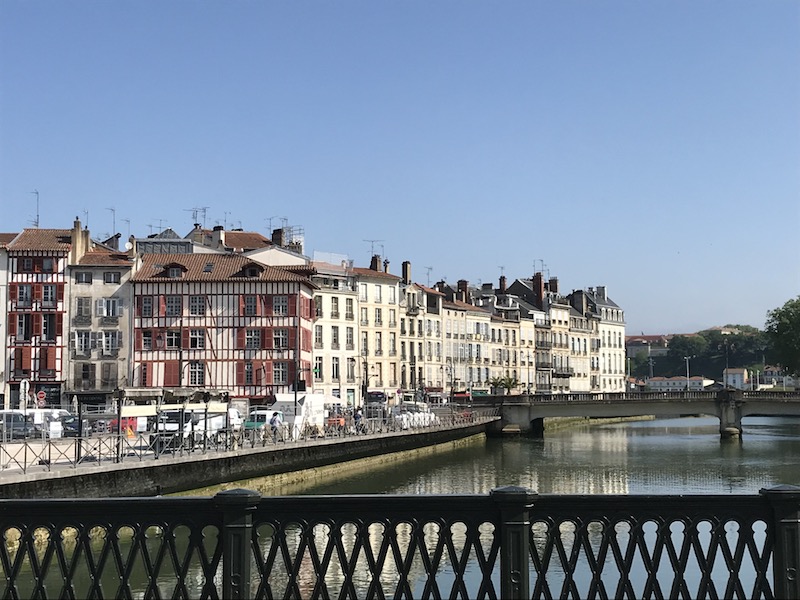
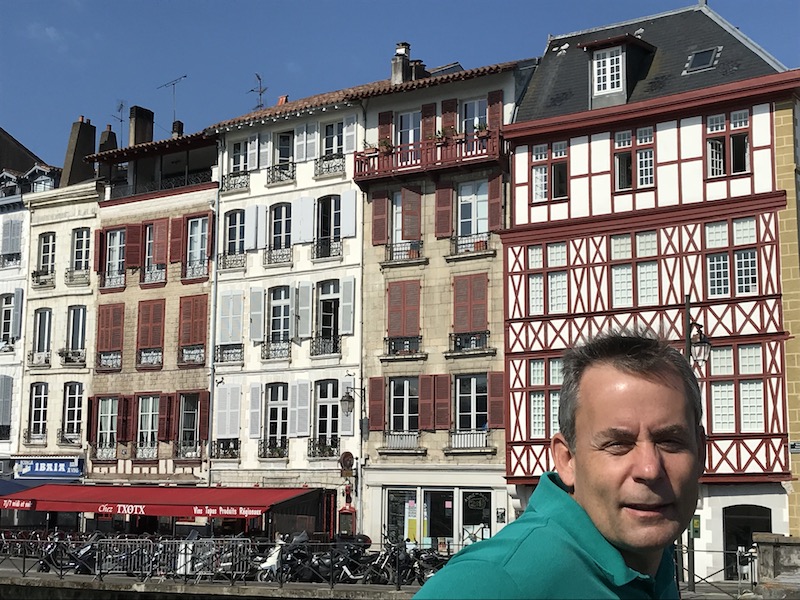
This is the Église Saint André, which was built in the mid-19th century on the site of a medieval church. It is a good example of Neo-Gothic, which was popular at that time.
